Together, we’re thinking big and moving toward net zero.
Across our organization, we are taking ownership and accountability to reduce our carbon footprints. We also seek to work with our customers, suppliers, and peers to reduce greenhouse gas emissions in our value chain.
We are proud to be listed among:
Ethisphere’s World’s Most Ethical Companies for the third consecutive year
Fortune’s World’s Most Admired Companies
Dow Jones Best-in-Class North America Index

ESG at Lam
Our ESG strategy consists of six pillars that reflect areas where Lam can make a meaningful impact. This framework focuses our attention on our most important ESG topics and pressing challenges while helping us deliver value to our stakeholders.
-
Products and Customers
Innovate with sustainability in mind and design for environment principles to be a partner of choice for our customers and support their goals
-
Sustainable Operations
Minimize our environmental impact through investments in energy, water, waste, and greenhouse gas emissions reductions
See how we focus on sustainability
Learn more about our EHS Strategy -
Our Workplace
Build a high-performance workplace while achieving our health and safety goals
-
Responsible Supply Chain
Ensure an ethical and responsible business ecosystem focused on human rights and the environment
-
Our Communities
Be a responsible corporate citizen with programs focusing on transformative learning, resilient communities, and inclusive societies
-
Business and Governance
Integrate ESG into our business operations and foster ownership and accountability as we advance our strategy and goals
Global Impact Report
Lam ResearchWe believe in transparency and sharing our progress with our stakeholders. Our annual Global Impact report provides a holistic view of our goals, strategy, and accomplishments. Read about the 19 goals we’ve set for ourselves.
Global Impact Performance Summary
Caution regarding forward-looking statements
Statements made on our Company webpage that are not of historical fact are forward-looking statements and are subject to the safe harbor provisions created by the Private Securities Litigation Reform Act of 1995. Such forward-looking statements relate to, but are not limited to: our goal to be net zero by 2050, our ESG strategy and related goals, our renewable electricity goals, our continued commitment to business integrity, the strength and effectiveness of our ethics and compliance framework, our environmental footprint, sustainability in our industry, our social impacts, and the sustainability of our products and operations. Some factors that may affect these forward-looking statements include: trade regulations and tariffs, export controls, trade disputes, and other geopolitical tensions may inhibit our ability to sell our products; business, political and/or regulatory conditions in the consumer electronics industry, the semiconductor industry and the overall economy may deteriorate or change; the actions of our customers and competitors may be inconsistent with our expectations; supply chain cost increases and other inflationary pressures have impacted and may continue to impact our profitability; supply chain disruptions or manufacturing capacity constraints may limit our ability to manufacture and sell our products; and natural and human-caused disasters, disease outbreaks, war, terrorism, political or governmental unrest or instability, or other events beyond our control may impact our operations and revenue in affected areas; as well as the other risks and uncertainties that are described in the documents filed or furnished by us with the Securities and Exchange Commission, including specifically the Risk Factors described in our most recent annual report on Form 10-K and our quarterly report on Form 10-Q. These uncertainties and changes could materially affect the forward-looking statements and cause actual results to vary from expectations in a material way. The Company undertakes no obligation to update any forward-looking statements.
Additionally, while we leverage various frameworks and other standards in our disclosures, such standards are ultimately only used to inform our disclosures and we cannot guarantee (and no language of “alignment” or similar should be understood to mean) complete adherence to such standards or any particular stakeholders’ interpretation of same. Our disclosures based on standards may change due to revisions in framework requirements, availability or quality of information, changes in our business or applicable governmental policies, or other factors, which may be within or outside of our control. Similarly, some of the information in this Report is reliant on third-party information or methodologies. Any inaccuracies or changes in such information or methodologies, whether within or outside of our control, could cause results and performance to differ from what is reported. In addition, various aspects of this report are based on processes and procedures that we believe apply appropriate levels of support to address issues in scope and, while these statements may use words such as “ensure”, “prevent”, or similar language, such terms should not be considered to mean (as there can be no guarantee) that such efforts will be successful in all situations.
Separately, certain information included in this Report may be used for compliance with various legal obligations; however, this Report is necessarily broader than certain legal requirements, and any such use shall not be deemed to incorporate portions of this Report that are not responsive to such obligations or references to same. It is not intended, and we hereby disclaim, any legal relations, rights or obligations to any third-party in connection with these disclosures. Moreover, by providing this information, neither we nor any of our affiliates are conceding any specific item is required or applicable under any legal obligation, nor are we conceding any particular interpretation of such legal requirements. Moreover, in certain circumstances, information included in this Report may differ from information included in regulatory reporting due to differences in methodologies for the calculation of certain metrics or other factors, which may be within or outside of our control.